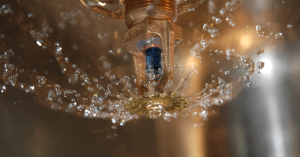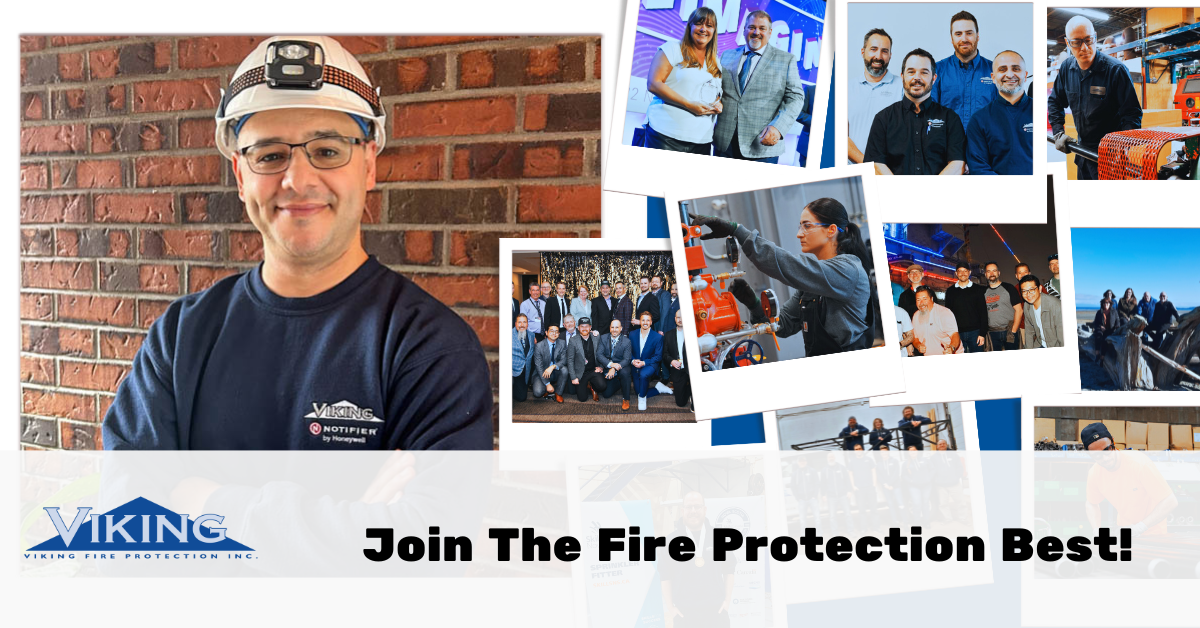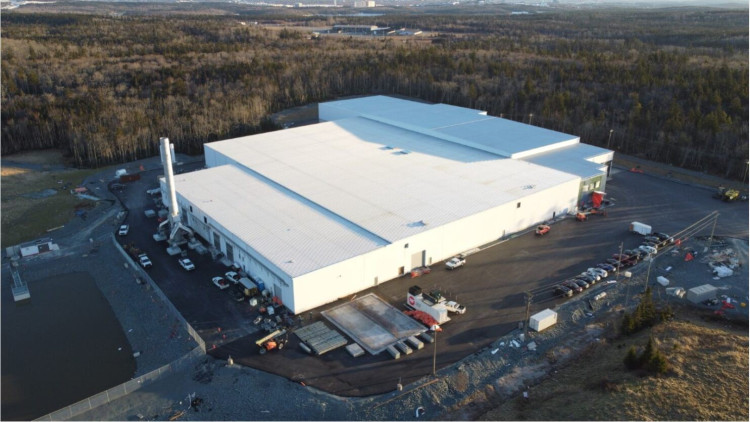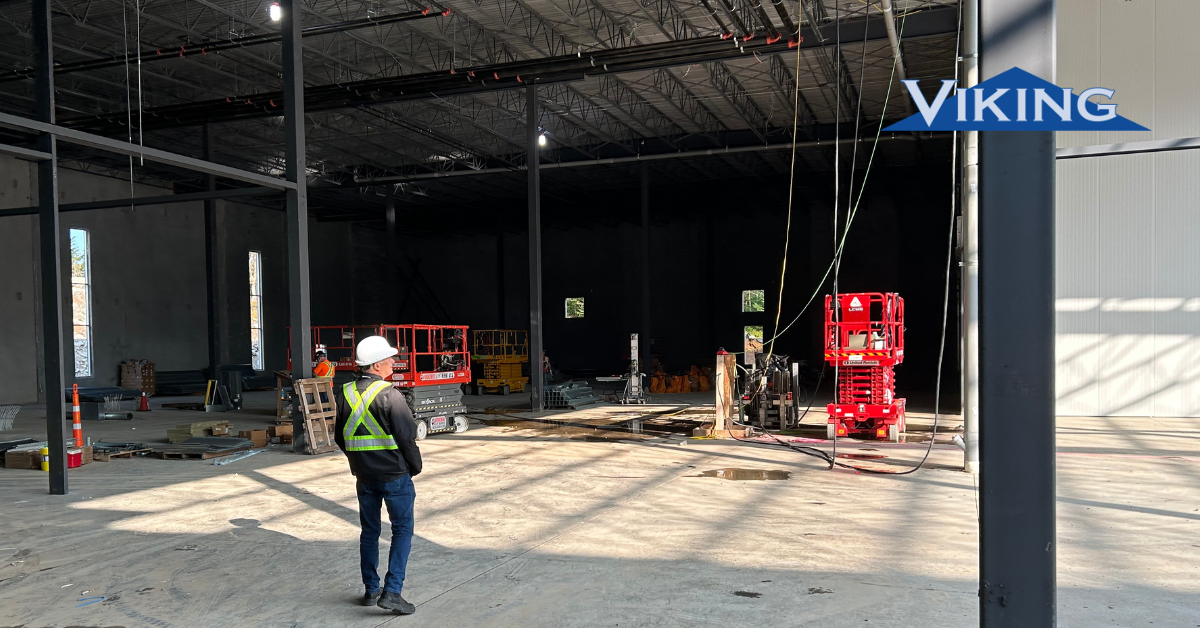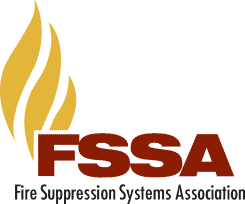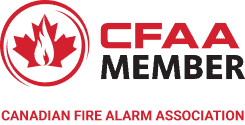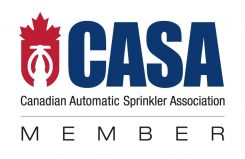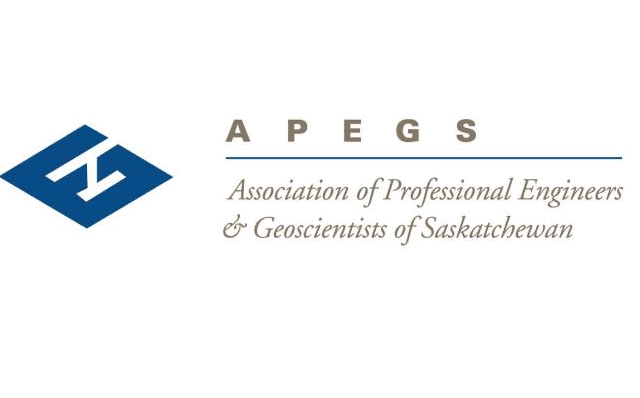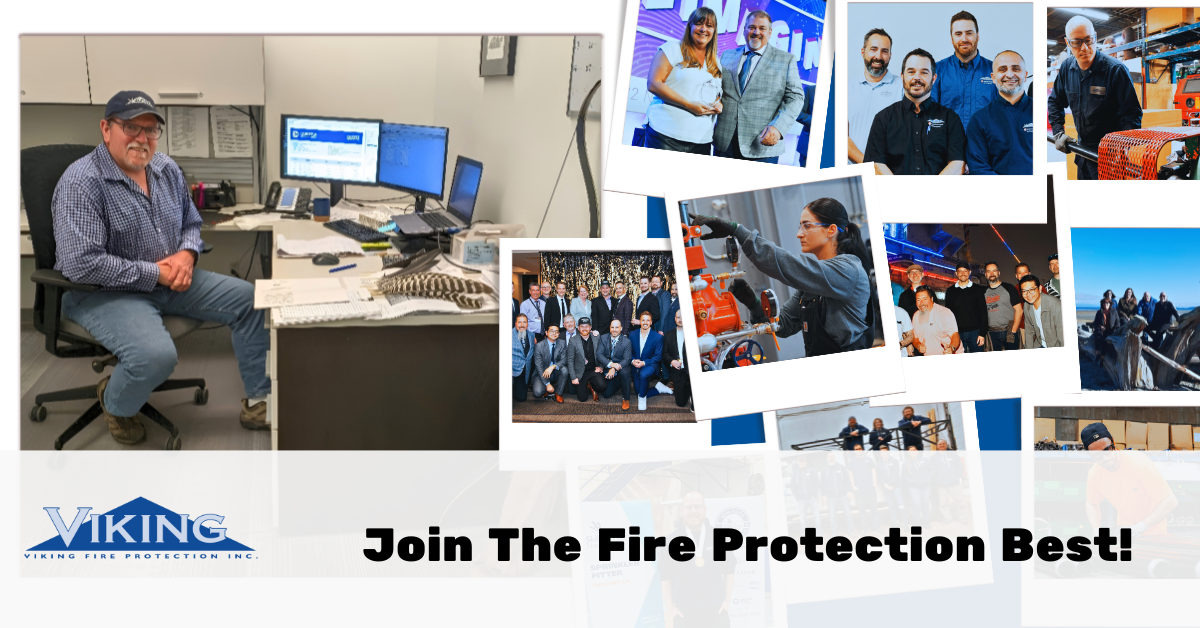
Best Practices & Standards
Fire Sprinklers, Understanding Their 5 Vital Components and Dynamic Functionality
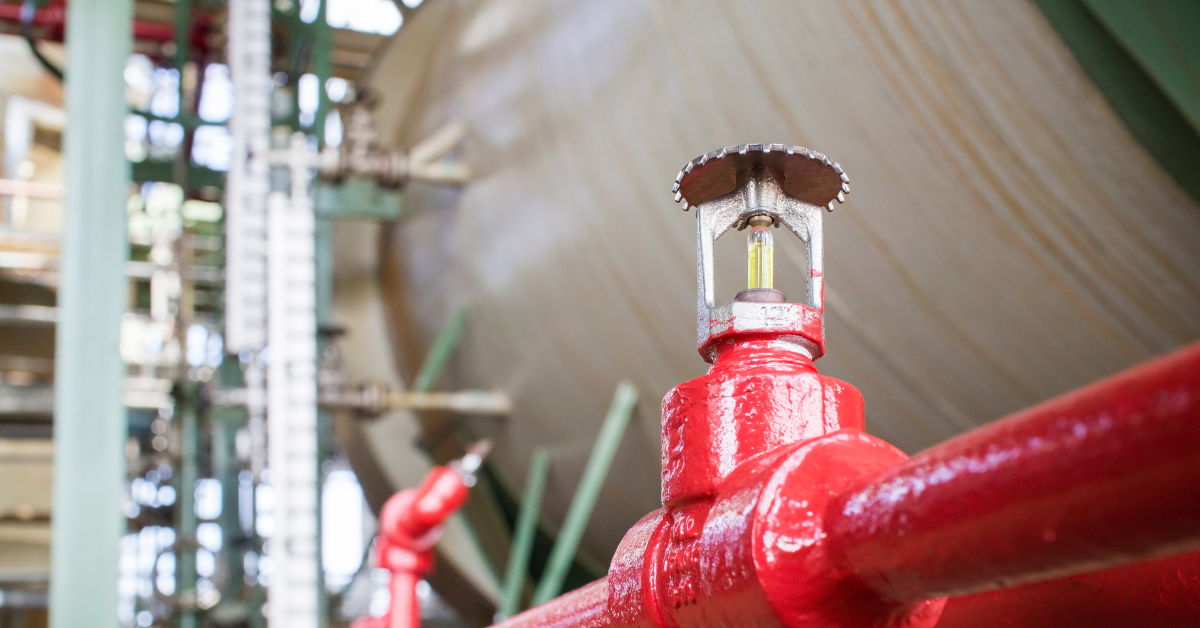
Fire sprinklers are the unsung heroes of fire protection systems. They are designed to detect and extinguish fires at their early stages, preventing catastrophic damage and saving lives. In this article, we will delve into the world of fire sprinklers and explore how they operate within a fire sprinkler system. So, let’s dive right in!
What is a Fire Sprinkler?
A fire sprinkler is an integral element of modern fire protection systems, characterized by its purposeful design and advanced engineering. Serving as a proactive and automated fire suppression device, it operates through a network of strategically positioned sprinkler heads. These heads are equipped with heat-sensitive mechanisms, usually glass bulbs or metal fusible links. When exposed to high temperatures from a fire, they rapidly respond by activating the sprinkler head and triggering a controlled release of water or other fire-suppressing agents. This ensures a swift response to rising temperatures and effectively combats the fire.
The Fire Sprinkler System
A fire sprinkler system encompasses a network of sprinkler heads, pipes, control valves, and alarm systems, all orchestrated to form a comprehensive fire protection system. Let’s take a closer look at each component and their functioning:
-
Sprinkler Heads
Sprinkler heads are the visible face of fire sprinklers. They come in different types, such as pendant, upright, sidewall, and concealed heads. Each type is designed to suit specific environments and occupancy requirements. These heads are equipped with a heat-sensitive element, typically a glass bulb or a fusible link, which activates when exposed to a certain temperature. Once activated, the sprinkler head releases water or fire-suppressing agents directly onto the fire.
-
Piping
The piping network is the circulatory system of the fire sprinkler system. It distributes water or fire-suppressing agents from the water supply to the sprinkler heads. The piping is constructed using durable materials like steel or CPVC, ensuring it can withstand the pressure and flow required for effective fire suppression.
-
Control Valve
The control valve is the brain of the fire sprinkler system. It serves as the main shut-off point and allows for manual activation and deactivation of water flow to the sprinkler heads. Some advanced systems even enable remote control and automatic activation through fire detection systems. The control valve ensures prompt response and flexibility in managing the system.
-
Alarm System
When a fire sprinkler head activates, it sets off an alarm system to alert occupants and emergency responders. Audible and visual alarms play a crucial role in ensuring timely evacuation and swift action against the fire. These alarm systems can be integrated with smoke detectors and fire alarms for enhanced safety.
-
Water Supply
A reliable water supply is vital for the effective functioning of fire sprinkler systems. It can be connected to the municipal water supply, a dedicated water tank, or a combination of both, depending on the building’s needs. Adequate water volume and pressure are crucial for suppressing fires efficiently.
Choose Viking for Your Fire Sprinkler System Needs
Selecting the right fire sprinkler system is paramount, and Viking is here to lend a helping hand. With our extensive expertise and unwavering commitment to excellence, we are equipped to guide you through the intricate process of choosing and designing the perfect fire sprinkler system. Whether it’s a simple installation or a complex project, for a new construction or an upgrade to meet evolving standards and regulations, our solutions are tailored to cover a wide range of applications including commercial, industrial, and residential spaces.
Take the proactive step in safeguarding your property and the lives within it. Contact us today to explore how Viking can be your trusted partner in fire safety!
